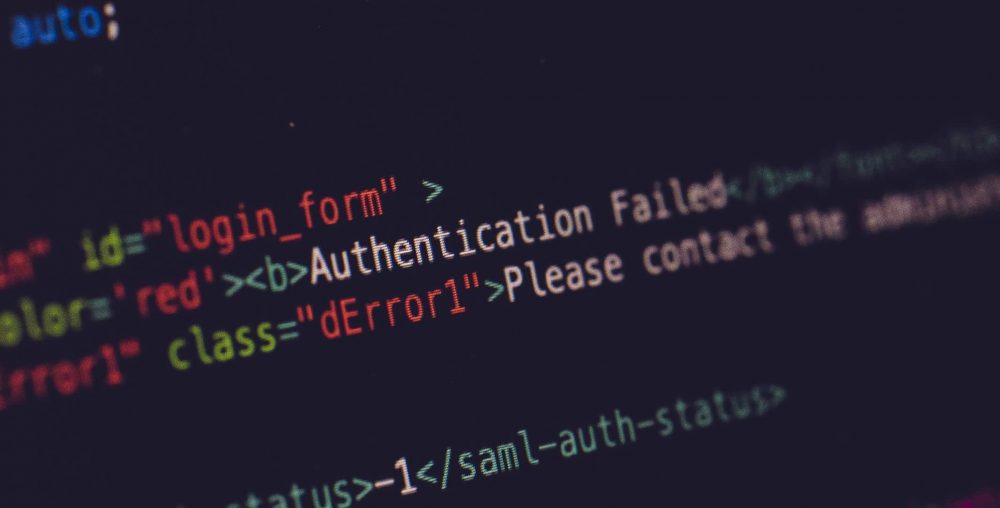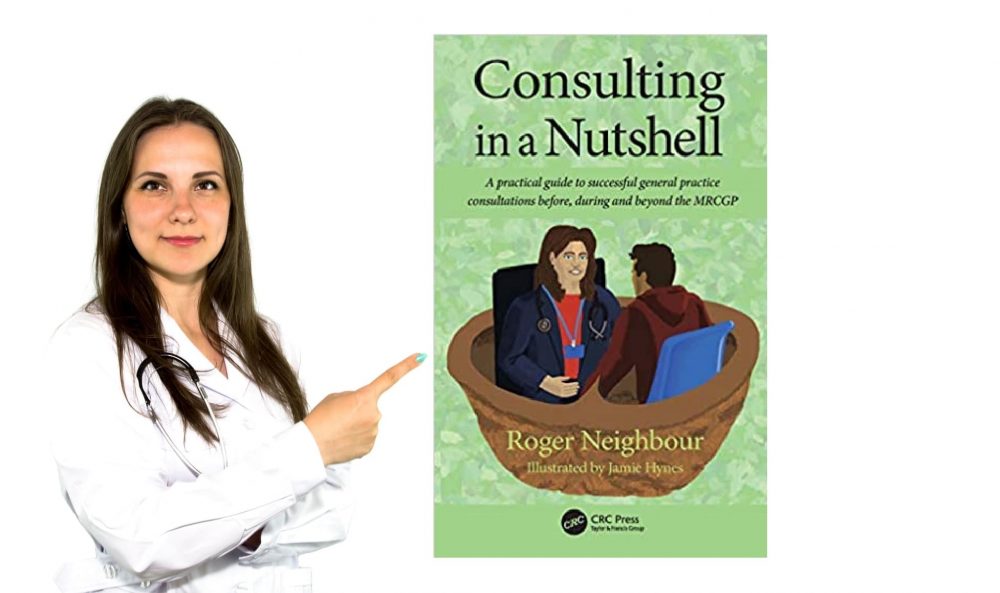Dr Misbah ul Hauqe is a Consultant in Family Medicine at Rawadat AlKhail Health Center, Doha, Qatar.
Dr Zahid Habib is a Consultant in Family Medicine, Primary Health Care Corporation, Doha, Qatar.
Dr Taqi Hashmi is a Consultant in Family Medicine in Doha, Qatar.
Dr Yawar Hafeez is a Consultant in Family Medicine in Doha, Qatar.
The Covid-19 pandemic has brought with it many new phenomena to the world, including an ever-evolving tornado of information. A felicitous neologism introduced this into the nomenclature as an “Infodemic”. This information contains not only genuine scientific evidence-based knowledge, but also myths, fake news and conspiracy theories. False information can be divided into three broad categories:
Misinformation: false facts disseminated without harmful intent.
Disinformation: information created and shared by people with harmful intent.
Malinformation: information that is based on reality but twisted to inflict harm.
False information hampers healthcare strategies directed at mitigating the pandemic. It confuses people, which in turn reduces adherence with guidelines, thus increasing mortality and morbidity. Approaching and dealing with an infodemic of misinformation is a task that requires many disciplines and a co-ordinated approach. This is especially so given the ever transforming socio-cultural space in which the infodemic is self evolving.
Approaching and dealing with an infodemic of misinformation is a task that requires many disciplines and a co-ordinated approach.
The context
Too much information and too little knowledge can become dangerous. This phenomenon has manifested itself during the Covid-19 pandemic, which has challenged the health systems and communities across the globe. The pandemic has brought with it a deluge of information. As with usual floods, this mass of information has carried misinformation, disinformation and mal-information with it, through different media. The common man feels perplexed between the real existence of a virus and the myths about the nature of the disease. There are many controversial theories.
The mixed reaction of the population has hugely undermined the efforts of governments to contain the infection. The confusion arises from the uncertainty and limitations of scientific knowledge. To fill this gap, subconsciously or consciously, human brains try to produce solutions. These self-created answers are easily made available via the internet. This misinformation spread becomes part of infodemic and creates havoc.
WHO Director-General Dr Tedros Adhanom rightly pointed out “Fake news spreads faster and more easily than this virus, and is just as dangerous.”1 Just like a virus, the information needs a host environment which can harbour it or amplify it and transfer it. Human interaction with information depends upon the socio-cultural background, media systems and regulatory policies. Akin to our taste buds, our brains have special receptors for information processing. Our perception and processing of information is influenced by our past experiences, culture, knowledge and other environmental factors. People often prefer sensational information, even though they know it to be false. They spread it to create a bubble of joy for themselves and bubble of anxiety for others. This phenomenon has become worse since the advent of social media.
People often prefer sensational information, even though they know it to be false.
David Rothkopf, journalist and political scientist, used it to describe how “a few facts, mixed with fear, speculation and rumour, amplified by technology, could lead to a disproportionate reaction”.2 In a similar manner to a plague, an infodemicspreads between humans via digital and physical information systems. This makes it hard for people to seek out reliable sources and dependable guidance when they need it.3
Infodemic management
There is no single solution to the issue. Any solution would require political actors, media corporations, and civil society activists to participate. An inclusive collaborative approach is needed, and should be pursued by the whole world regardless of borders, ethnicity and race.4 A study from USA shows how public opinion can be influenced by the media. Those who trust Fox News more than CNN exhibited a significantly lower number of preventive behaviours and higher number of risky behaviours related to COVID-19.5
There is no single solution to the issue.
Individual level
Due to the nature of the internet and the fact it is driven by the accumulation of likes and followers there is a vicious circle which reinforces previously held beliefs by like-minded people. The result is that people become a powerful source of self-reinforcing misinformation or even disinformation. Another commonly observed phenomenon is that of filter bubbles. A filter bubbles create a virtual space where like-minded people echo each other. It’s based on what they like, share, and engage with online, and selectively shows you relevant information. As a result, users become separated from information that disagrees with their viewpoints, effectively isolating them in their own intellectual, cultural or ideological bubbles. Personalized search results from Google and personalized news stream from Facebook are two optimised examples of this phenomenon.7
We must be vigilant in understanding news and its source. Even if information comes from well-known people or inner circles, it is important to check the source. If it’s an article this should start with an author name and organisation details. If it is a news agency, then credible sources should be referenced.
Reverse image search tools can be used to verify pictures. These are available via the Google platform and TinEye. Amnesty International’s YouTube DatViewer may extract thumbnails that can be entered into reverse image search tools for videos.8
We must be vigilant in understanding news and its source.
Advancing beyond sensational headlines
News editors love to create spicy and provocative headlines. We need to go through the whole article rather just the title, as it could be misleading. A broader based search from other sources can provide a more balanced understanding of the topic. References to scientific information need to be verified by visiting the actual source articles.8
Addressing our own biases
The cultural and psycho-social backgrounds of individuals may lead them to lean towards a particular ideology. Consumers of information need to be self-aware, and challenge it by coming out of one’s own personal intellectual bubble. New information which challenges old assumptions usually finds resistance.8 The best solution is to discuss it with an expert or visit specialised official websites on the topic.
Fact checking from other sources
International fact checking platforms such as Poynter have a global reach and can be used to debunk misinformation. AFP fact check, BBC reality check, HBKU factcheck service, Africa check are examples of regional agencies. The “Pause. Take care before you share” campaign encourages people to take time to verify sources before deciding whether to share any content online.9
Community approach
Social media companies such as WhatsApp, Facebook and Instagram need to set rules to govern information sharing, especially for users with large followings. Scientific and religious scholars both need to take a lead in refining and dispersing evidence-based information to their followers. Local workshops, seminars, TV radio and print media can engage more efficiently to counter the effects of negative propaganda and conspiracy theories. Politicians and community leaders have a pivotal role in local communities, and may offer more traditional paths for information dissemination through their political and social networks.
Tech companies should be required by legislation to take action against baseless information.
Local and central government can all play a part at their own level. Tech companies should be required by legislation to take action against baseless information, as is the case with traditional media outlets such as television and radio. This could be making companies legally liable for information published on their platforms. Combining Artificial intelligence (AI) and human review are needed to identify and search the sources of misinformation.10
Containment
Independent regulators and the general public should report any suspicious behaviours of the specific channels or individuals relating to dispensing the false news. Legal experts need to devise rules defining disinformation via social media sites which do not infringe the rights of free speech. Containing and clearing all misinformation is a utopian dream and is impossible in the real world. Offering balanced pandemic related information would help the viewer’s perceived self-efficacy to practise protective measures, without causing a psychological burden.11
Behaviour change
The panic button and alarmism phenomenon should be calmed by a step wise approach, de-escalating psycho-social behavioural changes. There should be regulation in information dispersal and access to core scientific research. Perhaps there could be a diligent news channel run by academics available for a genuine audience. During a public health crisis, the media should reduce their partisan stance on health information, and the health messaging from neutral and professional sources based on scientific findings should be better promoted.5
As a society we need to create more room for reason and access to the truth.
Research
Funding and resource allocation for capacity building, surveillance technologies, and data analytics could bring profound changes during and even after the pandemic. A research of health information seeking behaviour on search engines, hotlines and chatbots can provide the pathways, and trends of infection spreading in the community. Establishment of an international level monitoring body under the WHO should be a pressing priority. It would develop pragmatic strategies and train Infodemic managers at global level for the current epidemic and future outbreaks.
Conclusion
A crisis is the time to show resilience, rely on collective wisdom, and refrain from a panic response. As a society we need to create more room for reason and access to the truth. This is the time to come back from rampant speculation to concrete realities. Addressing misinformation and disinformation is a challenge in itself. Nevertheless, there is the possibility of a united effort from all stakeholders during the pandemic to fight against the infodemic together. There is as pressing a need for mind hygiene as there is for hand hygiene.
References
1- WHO. “Munich Security Conference.” www.who.int/, 2020. Feb Availabe:https://www.who.int/director-general/speeches/detail/munich-security-conference (accessed 2020 Nov 24).
2- Rothkopf DK. When the buzz bites back. The Washington Post 2003. May 11. Available:www.washingtonpost.com/archive/opinions/2003/05/11/when-the-buzz-bites-back/bc8cd84f-cab6-4648-bf58-0277261af6cd/ (accessed 2020, Nov 24).
3- Tangcharoensathien V, Calleja N, Nguyen T, Purnat T, Framework for Managing the COVID-19 Infodemic: Methods and Results of an Online, Crowdsourced WHO Technical Consultation J Med Internet Res 2020;22(6):e19659 URL: https://www.jmir.org/2020/6/e19659 DOI: 10.2196/19659 PMID: 32558655 PMCID: 7332158 (accessed 2020 Nov 24)
4- Funke Daniel, and Daniela Flamini. “A guide to anti-misinformation actions around the world.” poynter, 2020, https://www.poynter.org/ifcn/anti- misinformation-actions/ (accessed 2020 Nov 24)
5- Zhao E, Wu Q, Crimmins EM, Ailshire JA. Media trust and infection mitigating behaviours during the COVID-19 pandemic in the USA. BMJ Glob Health [Internet]. 2020 Oct;5(10). Available from: http://dx.doi.org/10.1136/bmjgh-2020-003323 (accessed 2020 Nov 24)
6- Infodemic Management [Internet]. [cited 2020 Nov 15]. Available from: https://www.who.int/teams/risk-communication/infodemic-management (accessed 2020 Nov 24)
7- Filter Bubble [Internet]. [cited 2020 Nov 15]. Available from: http://www.techopedia.com/definition/28556/filter-bubble (accessed 2020 Nov 24)
8- Let’s flatten the infodemic curve [Internet]. Available from: www.who.int/news-room/spotlight/let-s-flatten-the-infodemic-curve (accessed 2020 Nov 24)
9- Immunizing the public against misinformation [Internet]. Available from: www.who.int/news-room/feature-stories/detail/immunizing-the-public-against-misinformation (accessed 2020 Nov 24)
10- House of Commons. “Misinformation in the COVID-19 Infodemic.” https://publications.parliament.uk/; 2020 July 16 https://committees.parliament.uk/publications/1954/documents/19089/default/ (accessed 2020 Nov 24)
11- Olagoke AA, Olagoke OO, Hughes AM. Exposure to coronavirus news on mainstream media: The role of risk perceptions and depression. Br J Health Psychol [Internet]. 2020 May 16;25(4):865-74. Available from: http://dx.doi.org/10.1111/bjhp.12427 (accessed 2020 Nov 24)
Featured photo by Markus Spiske on Unsplash








